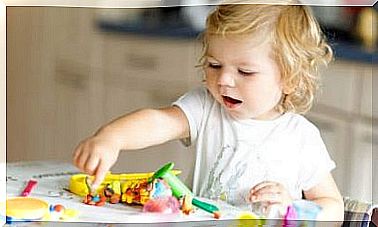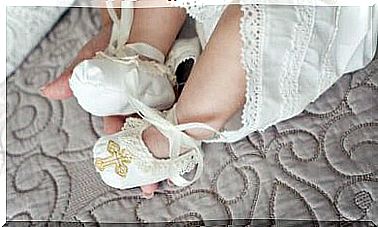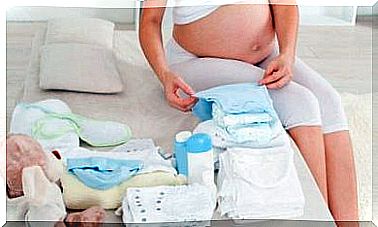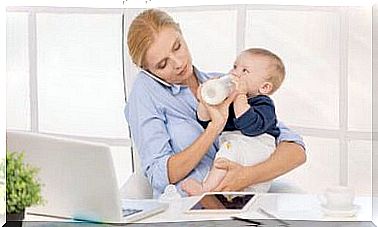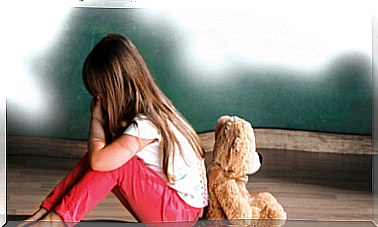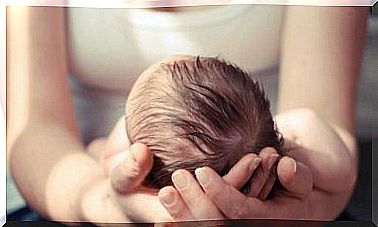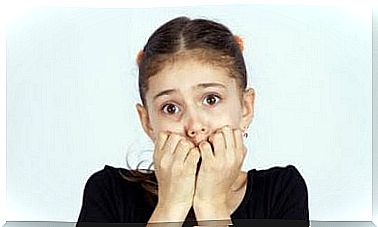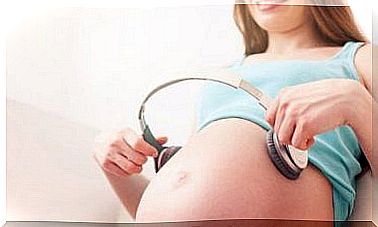The Developmental Stages During A Child’s First Year
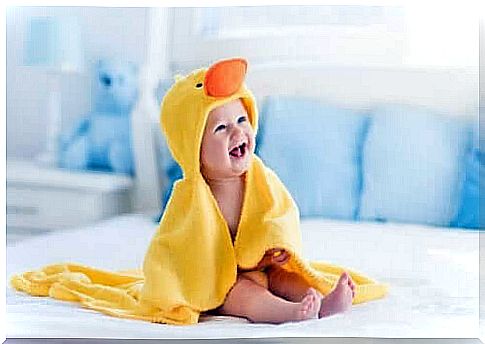
A child’s first year is a fantastic developmental journey. From being newborns who spend most of their time sleeping, to being little people who make tremendous psychomotor advances.
During the first 12 months, children learn to establish relationships with their surroundings and environment. They begin to learn to control their bodies, their movements… And they begin to communicate with dinghies and spontaneous sounds that develop into their first words.
Want to know more about the developmental stages of a child’s first year?
The developmental stages during a child’s first year
Below we look at the different abilities that infants develop during their first year of life. But first we want to remind you not to worry if your child’s own development does not match the descriptions below. Remember that each child develops and matures at his or her own pace.
The steps we describe below are generalizations. So if your little one has not yet developed a certain skill, just have a little patience.
The first stage of development during a child’s first year of life
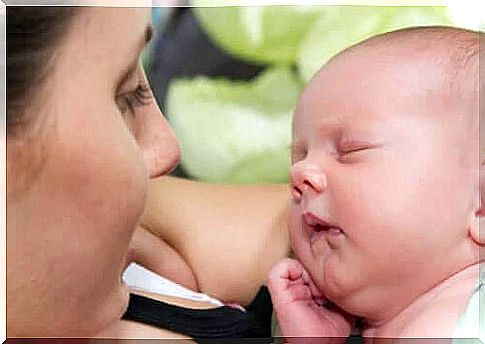
The first month
- Babies communicate by crying when they are hungry, tired, uncomfortable or just want closeness.
- During the first month , children move their eyes in search of light. They also respond to loud noises by stretching their arms and legs with the embrace reflex, also called the morore reflex.
- Newborns also exhibit other involuntary movements (reflexes). For example, they suck on anything that comes close to the mouth. At the same time, they bend their feet downward if you touch the soles of their feet and they open and close their fists.
The second month
- Infants begin to smile in response to external stimuli, including when they see faces they recognize.
- They can suck on the thumb.
- During this time, children make their first sounds to attract attention.
The third month
- During the third month of life, children show interest in visual stimuli, especially bright, clear colors.
- They start babbling and chatting.
- Infants show interest in everything that happens around them. We can see them turn their heads towards different sounds that interest them.
The fourth month
- Babies begin to hold their heads up and notice their hands. They grab rattles or other objects they can get their hands on and shake them.
- During their fourth month of life, children often laugh and are very interested in people (especially smiling faces).
- During this stage , children do not like to be alone.
The second stage of development during a child’s first year of life
The fifth month
- The dinghy becomes more regular and children at this age like to listen to themselves. They play with the sounds they make.
- For some children , their first teeth appear during the fifth month.
- Infants can lie down and find their feet.
- They begin to distinguish different colors.
The sixth month
- When lying on their stomachs, they can, with a little help, sit up completely and turn around by rolling on their own.
- Babies grab their baby bottle with their hands and can move objects from one hand to the other.
- They extend their hands to communicate that they want someone to lift them up.
- Babies are beginning to show interest in putting their feet in their mouths.
Third stage of development during a child’s first year
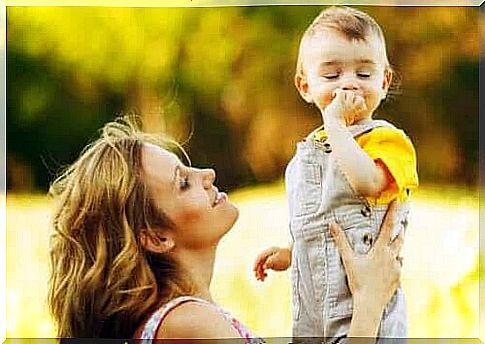
The seventh month of life
- Infants can sit up on their own without support.
- They have greater agility with their hands and can manipulate various objects.
- Infants begin to say their first random syllables.
- During this stage , learning takes place much faster.
The eighth month
- Babies begin to show greater fear and suspicion towards strangers and may even begin to cry if an unknown person gets too close.
- If they lie down, they can turn on their own and they begin to enjoy playing on the floor.
The fourth stage of development during a child’s first year
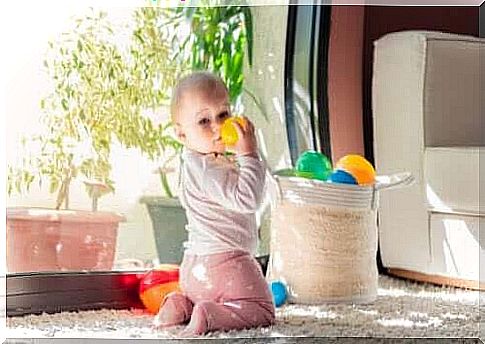
The ninth month
- Babies like to grab their toys and throw them away as a way to experiment.
- They can sit for up to 15 minutes without support.
- Some children start crawling during this month. But not all children do, and that’s perfectly normal.
The tenth month
- Children can now stand up on their own by holding furniture or other objects.
- They begin to say their first words, which are often “mom” and “dad” .
- At this age, children like to make noises and noises by tapping on everything they can access.
- Babies start waving to others with their hands, including strangers.
Fifth stage of development during a child’s first year of life
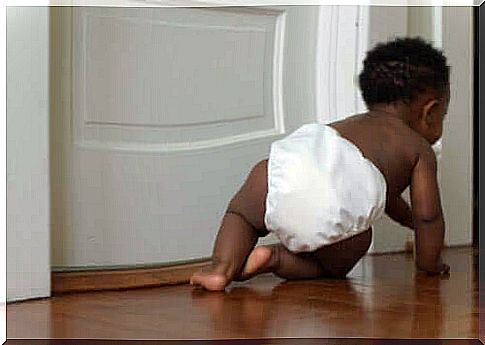
The eleventh month
- Babies begin to add more words to their vocabulary and use them appropriately. They now understand the meaning of words like “give me” , “more” and “no” .
- Infants begin to walk on their own while holding on to furniture or holding the hands of an adult. It is important not to force a child to leave if he or she is not ready.
A child’s first birthday
- Babies who have not learned to crawl before this can take their first steps around their first birthday. Those who have learned to crawl may start walking a little later.
- Infants can stand up and also sit down from a standing position if they are tired.
- They use their thumb and forefinger, with a so-called tweezers grip , to grab small objects.
- Infants at this age are very affectionate and love to both give and receive tenderness. They can be very expressive.
- They see everything and want to investigate everything. Therefore, it is very important to ensure that objects that are dangerous or easily broken are stored far out of reach.
Conclusions regarding a child’s first year
These are the developmental stages that take place during a child’s first year. But that does not mean that all children reach every milestone at the same pace. Some things can happen one or more months earlier or later than stated above, and that is perfectly normal.
